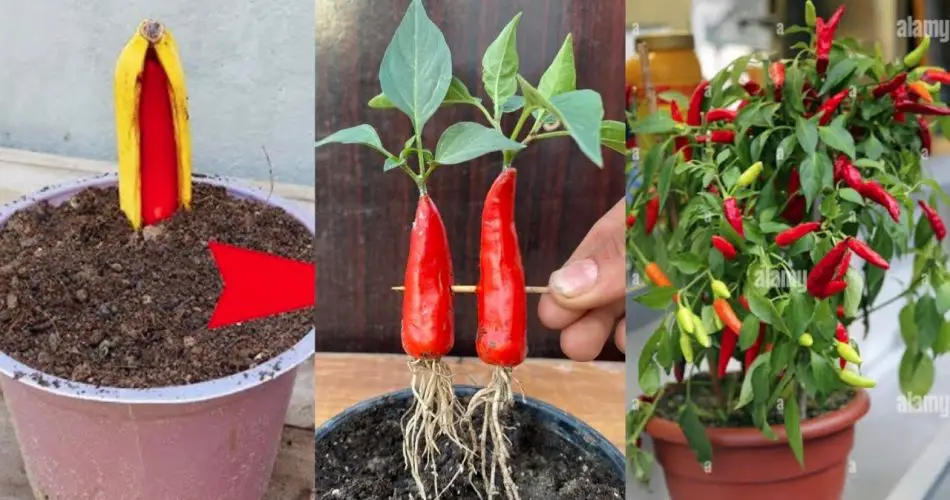Are you ready to spice up your home garden with vibrant chili plants? Growing chilies in tomato plants is a fantastic way to maximize space and enjoy a bountiful harvest of fiery peppers. Follow these simple tips to plant chili at home and propagate chilies successfully:
1. Choose the Right Variety: Select chili varieties that thrive well in your climate and suit your taste preferences. Consider factors such as heat level, size, and color to ensure a diverse and satisfying harvest.
2. Select Healthy Tomato Plants: Opt for healthy tomato plants as the base for growing chilies. Look for tomato plants with sturdy stems, vibrant green leaves, and no signs of pests or diseases. Healthy tomato plants provide a strong foundation for chili growth.
3. Planting Chilies in Tomato Plants: Once your tomato plants have established themselves, it’s time to plant chilies. Choose a sunny spot in your garden or use containers if space is limited. Dig a small hole near the base of the tomato plant and plant the chili seedling, ensuring it is well-supported and has enough space to grow.
4. Provide Adequate Support: As the chili plants grow, they may require support to prevent them from drooping or breaking. Use stakes or cages to provide support and keep the plants upright, especially once they start bearing fruit.
5. Watering and Fertilizing: Chili plants prefer consistent moisture levels, so water them regularly, especially during hot and dry periods. Avoid overwatering, as this can lead to root rot. Fertilize the plants with a balanced fertilizer every few weeks to promote healthy growth and fruit production.
6. Pruning and Maintenance: Regularly prune the chili plants to remove any dead or damaged foliage and encourage new growth. Pinch off any flowers that appear early in the season to allow the plant to focus its energy on vegetative growth before setting fruit.
7. Harvesting Chilies: Harvest chilies when they reach the desired size and color. Use scissors or pruning shears to snip the chilies from the plant, taking care not to damage the stems or leaves. Regular harvesting encourages the plant to produce more fruit.
8. Propagating Chilies: To propagate chilies, collect seeds from ripe chili peppers and allow them to dry completely. Plant the seeds in pots or directly in the garden, following the same steps for planting chili seedlings. Keep the soil consistently moist until the seeds germinate and seedlings emerge.
9. Pest and Disease Management: Keep an eye out for common pests such as aphids, whiteflies, and spider mites, which can damage chili plants. Use organic pest control methods such as neem oil or insecticidal soap to manage infestations. Monitor the plants regularly for signs of disease, such as powdery mildew or fungal infections, and treat them promptly to prevent spreading.
10. Enjoy the Harvest: Once your chili plants start producing fruit, enjoy the spicy bounty! Use fresh chilies in your favorite dishes, or dry them for long-term storage. Experiment with different chili varieties to add heat and flavor to your culinary creations.
By following these easy tips for growing chilies in tomato plants and propagating chilies at home, you can enjoy a successful and rewarding chili-growing experience. Happy gardening and happy chili-eating!



